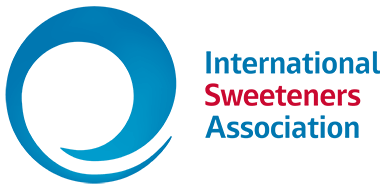Abstract
This study aimed to evaluate the risk of the Portuguese population’s exposure to six non-nutritive intense sweeteners (NNIS) and their main associated factors. A tiered approach was used to estimate the usual exposure to the NNIS obtained from two 1-day food diaries among children and two 24-hour recalls among adults in the Portuguese national dietary survey (IAN-AF 2015–2016; age: 3–84 y; n = 5005). The tiers considered were the following: Tier 2.1 represents the most conservative tier, in which all foods reported were matched with the respective maximum permitted levels (MPLs); in Tier 2.2, the MPLs were attributed only to the foods for which the brand’s label information identified the presence of an added NNIS; finally, Tier 3 was identical to Tier 2.2, but analytical NNIS occurrence data were used, instead of MPLs. The usual exposure of the Portuguese population to each NNIS was very low in all tiers across all age groups, as was the estimated prevalence of exposure above the acceptable daily intake. Soft drinks were the main source of exposure for most sweeteners, and acesulfame K and aspartame were the most consumed NNIS. The odds of exposure to at least one NNIS were higher in more highly educated adults and elderly, obese elderly, women, and people with lower healthy diet scores. The estimated risk of exceeding the safety levels of NNIS intake was very low in all evaluated population groups, even when considering the most conservative approach.
Summary
This study looked at the consumption of six low/no calorie sweeteners (acesulfame K, aspartame, cyclamate, saccharin, sucralose, steviol glycosides) by the Portuguese population. With current recommendations from the World Health Organisation (WHO) to reduce intake of free and added sugars, the Portuguese government promoted some measures in this regard, resulting in food reformulation with low/no calorie sweeteners (LNCS), safe ingredients that can help reduce sugar content in food and drinks.
Using food consumption data from dietary assessment interviews of the National Food, Nutrition and Physical Activity Survey of the Portuguese population, the authors of the study compared the estimated exposure of the six LNCS with their respective Acceptable Daily Intakes (ADI), set by the European Food Safety Authority.
The authors estimated that exposure levels for all LNCS were below the ADI in all analysed scenarios and age groups and concluded that the Portuguese population is not at risk of excessive LNCS exposure.

